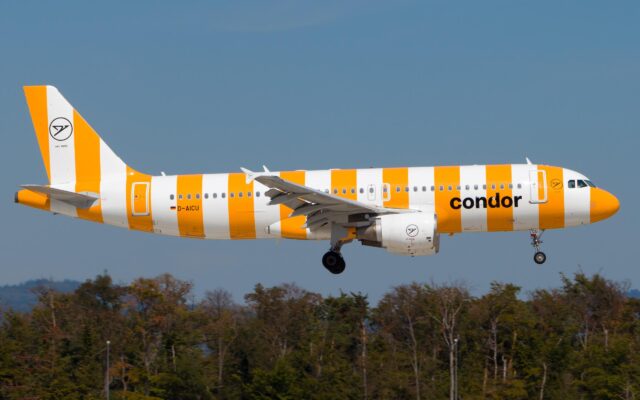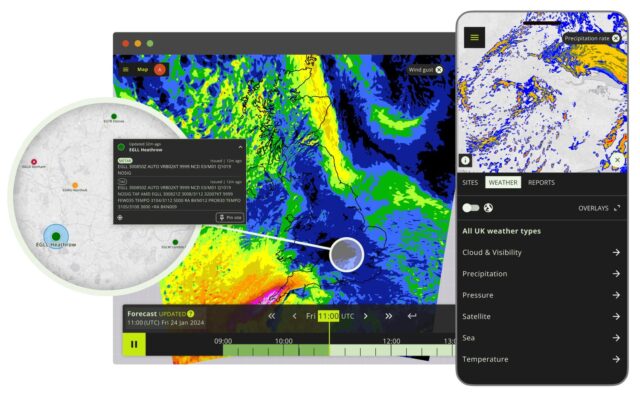Gripen E/F vs Gripen C/D: Inside the key upgrades to Sweden’s new generation combat jet

November 8, 2025
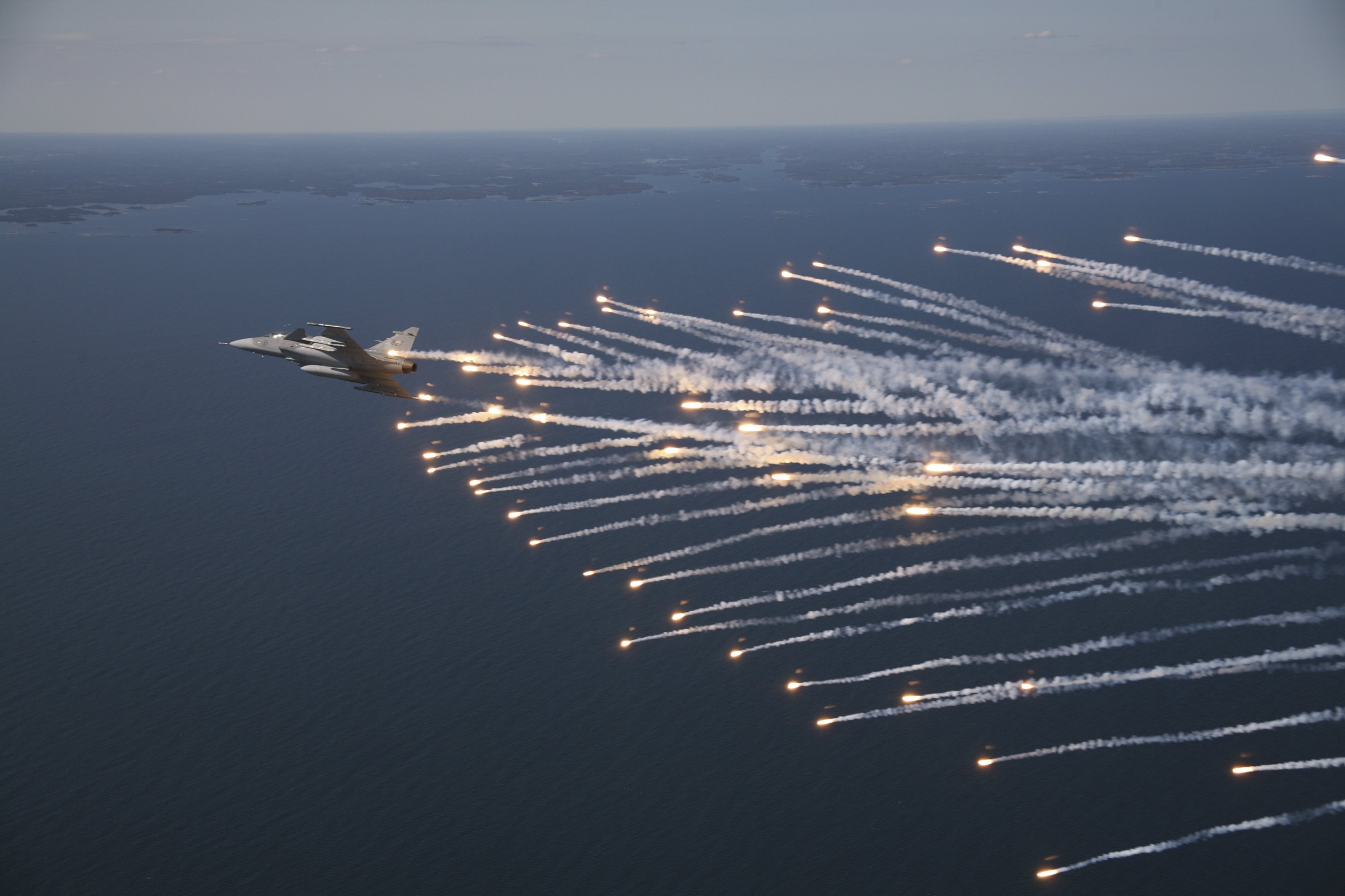
Just as the Boeing F/A-18 Super Hornet was essentially an all-new fighter jet compared with the older F/A/18 Hornet, so too is the new Gripen E essentially a new aircraft over the Gripen C/D.
In Russia, such upgrades would come with a higher number, implying a new aircraft (e.g., MiG-29 vs MiG-35 or Su-27 vs Su-35), but Saab retained the original brand with just an upgrade to the variant.
Here is what to know about the dramatically improved capabilities of the new Saab Gripen E/F.
A bigger jet with similar flight characteristics
Both the older Gripen C/Ds and the newer E/Fs have similar absolute top speeds and similar performance performing short take-offs on improvised air fields (typically highways). Landing rolls are also similar.

The extra size allows the Gripen E to carry more fuel and increase its combat radius. As a larger aircraft, the E offers an additional two hardpoints for a total of ten hardpoints. According to Saab, this enables the jet to carry up to eight long-range Meteor air-to-air missiles and two IRIS-T short-range air-to-air missiles.
The older Volvo RM12 (F404-derivative) engine is replaced by the upgraded F414-G new engine, producing around 22% more power. But as a larger and heavier aircraft, the performance remains much the same.
🇸🇪 The Swedish Armed Forces has officially received the first of many JAS 39 Gripen E fighters – marking a milestone for our Air Force and enhancing our capabilities to defend our skies. pic.twitter.com/PGipChvQDn
— Försvarsmakten (@Forsvarsmakten) October 20, 2025
The Gripen E’s fuselage is around a meter longer, its wingspan is slightly wider, and it has over a ton extra in empty weight. Saab lists the maximum take-off weight rises from 14 tonnes to 16.5 tonnes.
| Capability / Spec | Gripen C/D | Gripen E/F |
|---|---|---|
| Official designation | JAS 39C / JAS 39D | JAS 39E / JAS 39F |
| Engine | Volvo RM12 (GE F404 derivative) | GE F414G (≈ +22% thrust vs RM12) |
| Max take-off weight (MTOW) | ~14 t | ~16.5 t |
| Dimensions | Length ~14.1 m, span ~8.4 m | Length ~15.2 m, span ~8.6 m |
| Empty weight | ~6.8–7.1 t | ~8.0+ t (≈ +1 t vs C/D) |
| Internal fuel | Baseline capacity | ~+40% vs C/D extended radius |
| Hardpoints / payload | 8 stations, ~5,300 kg | 10 stations, ~7,200 kg |
| Typical A2A load | Meteor + IRIS-T (mixed), fewer total rounds | Higher carriage potential (e.g., more Meteors + IRIS-T) |
| Radar | PS-05/A (mechanically scanned) | AESA-class (e.g., ES-05 Raven depending on config) |
| IRST | Not fitted | Skyward-G passive IRST |
| Sensor fusion & displays | EP-17 display suite, fusion baseline | Wide Area Display + advanced fusion & HMI |
| Data links | TIDLS, Link 16 | Upgraded TIDLS/Link 16 + additional waveforms |
| Electronic warfare | EWS-39 suite (generation prior) | Integrated DRFM-based deception & noise jamming |
| Short/rough field ops | Highway STO/L, dispersed ops | Maintains STO/L & dispersed ops focus |
| Service entry timeline | 2000s (varies by user) | Airframes to FMV from 2023, operational from 2025 |
Notes: Values are indicative and may vary by customer configuration. “Typical A2A load” illustrates carriage potential, not a standardised loadout. Radar fit on E/F differs by programme and export variant.
It’s what’s on the inside that counts
It is not possible to get a sense of the real-world performance of modern fighter jets from games like War Thunder, as their models are based on public information. It is the classified capabilities that make these jets formidable.
These aircraft are also built to operate with other systems (e.g., other fighter jets, radar planes, loyal wingman drones, missiles, ground-based radars) and are never stand-alone platforms.
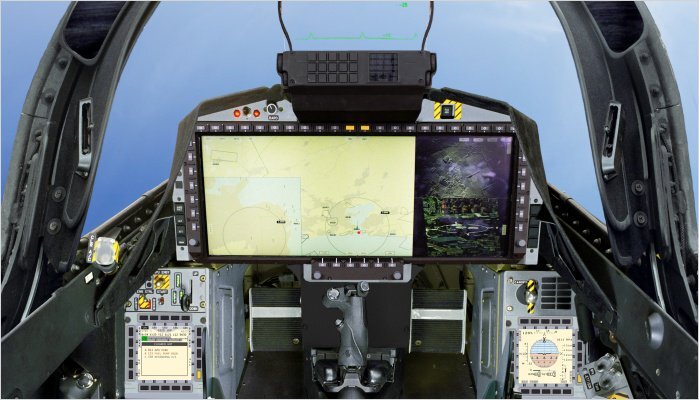
Its things like the Gripen E’s ability to integrate modern datalinks (e.g., Link-16, Saab’s TIDLS-style concepts), along with sensor fusion, that allow it to ingest and share fused tracks with other aircraft and weapons.
The Gripen E is technically a next-generation (4.5th) derivative of the Gripen C/D, but functionally, it behaves like an all-new aircraft.
Літаки летять. 🇸🇪✈️🇺🇦 pic.twitter.com/xLWytmX53d
— Sweden in Ukraine (@SwedeninUA) October 22, 2025
The National Interest quoted the Swedish Defence Ministry as saying, “Pilots who have flown the JAS 39 Gripen C/D will recognise themselves in the E. The difference lies in how the pilot makes decisions in the new E. The is much more information to deal with, more sensors and other weapons.”
The Gripen E’s advanced search and tracking
Alex Hollings from Sandbox News explains that the Gripen E replaces the older Doppler radar in favour of the much more powerful latest generational AESA radar.

It also integrates the passive Infrared Search and Track System (Skyward-G IRST), allowing it to detect targets without emitting energy. This allows the aircraft to detect enemy aircraft via their heat signatures alone. Being passive means the aircraft does not need to beam radar waves that could give away its position.
The IRST can also be used in conjunction with the AESA radar to build a much more complete picture of the battlespace.
Gripen is the only fighter designed for sustained dispersed combat operations, and Gripen E is now conducting operational trials on short and narrow airstrips. pic.twitter.com/XlnyZ1zc8c
— Saab (@Saab) June 13, 2025
One of the weaknesses of the Russian Flanker series of fighter jets is that their high-power N001VEP or advanced Irbis-E variant radars act like massive beacons, allowing enemy aircraft to easily detect them.
The Gripen E’s advanced sensor fusion
One of the most significant upgrades to the Gripen is its advanced suite of sensor fusion. The E comes with a large Wide Area Display (WAD) that fuses the vast amount of gathered information to the pilot in manageable ways so as not to overwhelm the pilot. These replace the older Gripen C/D’s EP-17 display suite.
The Gripen Es are able to network and dramatically increase the battlefield awareness and targeting accuracy of other fighter jets. They can make older aircraft, like the C/D, much more effective.
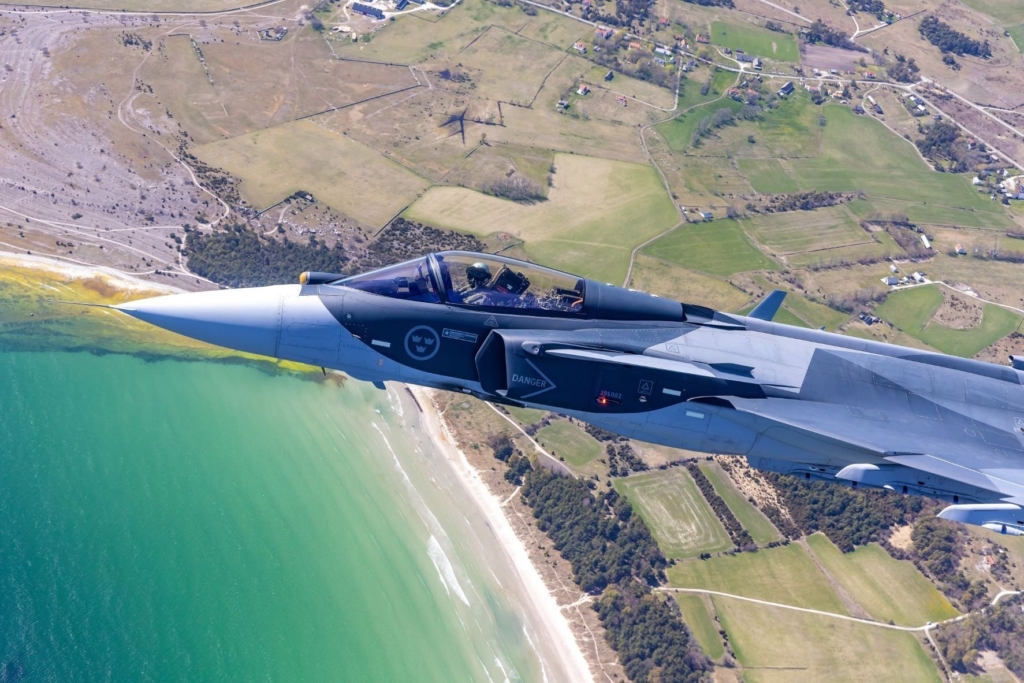
This is how Israel is using its F-35As to leverage and increase the effectiveness of its 4th-generation F-16s and F-15s. In the RAF, the Eurofighter Typhoon and the F-35B working together are known as “the thug” and “the assassin,” respectively.
Sensor fusion is one of the capabilities that make the F-35 Lightning II so formidable.
While there are stealthy-looking fighter jets flying that might superficially resemble the F-35 (e.g., Turkish KAAN, Su-57, KF-21, J-35), it is what is going on inside the cockpit that makes the F-35 the dominant fighter it is.
Think-tank RUSI Professor Justin Bronk notes it is comparatively easy to produce a “stealth fighter-ish thing, that will fly.” But it is incredibly difficult and expensive to achieve “the integration between the weapons and the sensors” as seen on American fighter jets.
Bronk also points out that just about every country that has been allowed to peer behind the proverbial curtain to see the F-35’s classified capabilities, also then chooses to buy the jet.
It is unclear how the Gripen E’s sensor fusion compares to the F-35, which enjoys a development and sustainment budget orders of magnitude more than the Gripen. However, it can be said that the E/F enjoys a massive leap over the C/D.
The Gripen E’s new EW system
Another significant area of Gripen E upgrades is in its electronic warfare (EW) system. Its system uses three types of signal generators (Digital Radio Frequency Memory, Doppler, and Noise) that can obscure the existence of the aircraft or confuse enemy systems where it is. This works to deny enemy aircraft a proper firing solution.
Read more about the decisive combat capability created by Gripen E’s state-of-the-art Electronic Warfare System 👇 https://t.co/Ri3LovPWmz
— Saab (@Saab) October 16, 2025
The Gripen E’s Doppler generators are able to broadcast signals for the enemy radar to interpret as other targets. These can be made to blink in and out of existence, further confusing enemy radar about what the real threat is.
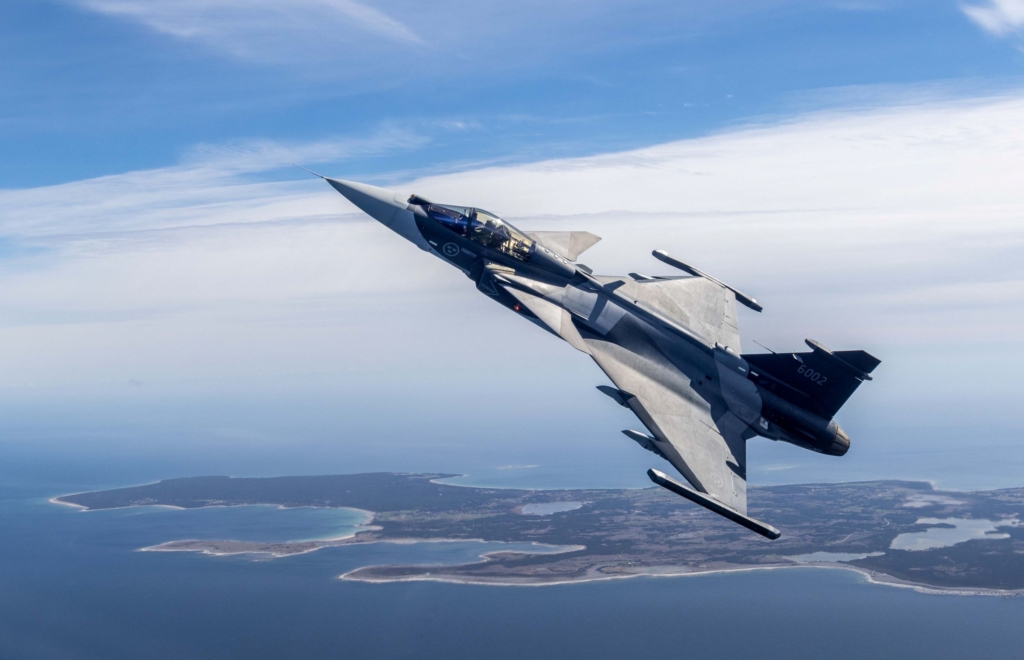
The noise generator can pump noise into the picture, making it harder for radar to sift through the information to find the real aircraft. The virtual decoys and jamming allow it to operate in a contested environment.
The fighter jet designed specifically to counter Russia
For 200 years, Sweden was a neutral country and as such, it had to develop a self-reliant defence industry able to counter Russia without being part of alliances like the later NATO alliance. This changed when Sweden entered NATO in 2024.
GlobalEye and Gripen flying side by side in this month GlobalEye calendar image 🗓️
— Saab (@Saab) September 19, 2025
GlobalEye is a unique AEWC solution that provides persistent, real-time information to joint forces in order for a nation to maintain sovereignty over its territory. #AEW #defence #airforce pic.twitter.com/Cw313DpWGA
The Gripen is designed to operate with minimal ground crews including only one trained technician and a handful of lightly trained conscripts. It is designed specifically for a war with Russia, with Russian fighter jets, radars, and missiles in mind.
The Gripen family is designed to operate from dispersed airfields. It is a jet designed for a small country fighting a much larger neighbouring Russia, and is exactly the fighter jet Ukraine wants.
Ukraine has figured out ways to operate its F-16s from dispersed airfields, but it is not as ideal as the purpose-built Gripen. In October, Ukraine and Sweden signed a Letter of Intent for Ukraine to acquire 100-150 new-build Gripen Es.

These are to form the core of its post-war 250-300 strong fighter jet fleet that Ukraine wants to also include twin-engined French Rafales and F-16 Fighting Falcons. This is also around double the 60 Gripen E Sweden is currently planning to acquire for its own air force. The first Gripen E was delivered to the Swedish Air Force in 2025.


